An 1856 Time Capsule – Kansas City, MO
– By Tony Schmidt, exhibit designer
(PGAV GO!, Kansas City, blog 1 of 2)

The The Arabia Steamboat Museum in Kansas City, MO is located within the up-and-coming historic City Market area. “Treasures of the Steamboat Arabia” boldly spans the width of the entry facade above a large glazing wall featuring a massive 28 ft. diameter paddle wheel.
The Story:
On September 5th, 1856 the Steamboat Arabia, built just outside of Pittsburgh, was navigating the treacherous Missouri River on a routine journey headed to general stores and homes among 16 mid-western frontier towns. It was carrying over 200-tons of payload and over 100 people when at Quindaro Bend, near the town of Parkville, Missouri, it struck a walnut tree snag (debris of a large tree trunk as a common threat to boats navigating the Missouri at the time) which punctured a hole into the boat and it sank to the bottom of the Missouri with all of its cargo.

Side note: At the time of my visit, this boat snag artifact was placed at the end of the tour. As the critical perpetrator of the the sinking of the ship, perhaps relocating this artifact toward the beginning of the experience might have more emotional impact to begin the tale?
At the time of the sinking vessel, all passengers safely made it to shore with the exception of a mule – the only unfortunate casualty from the wreckage.
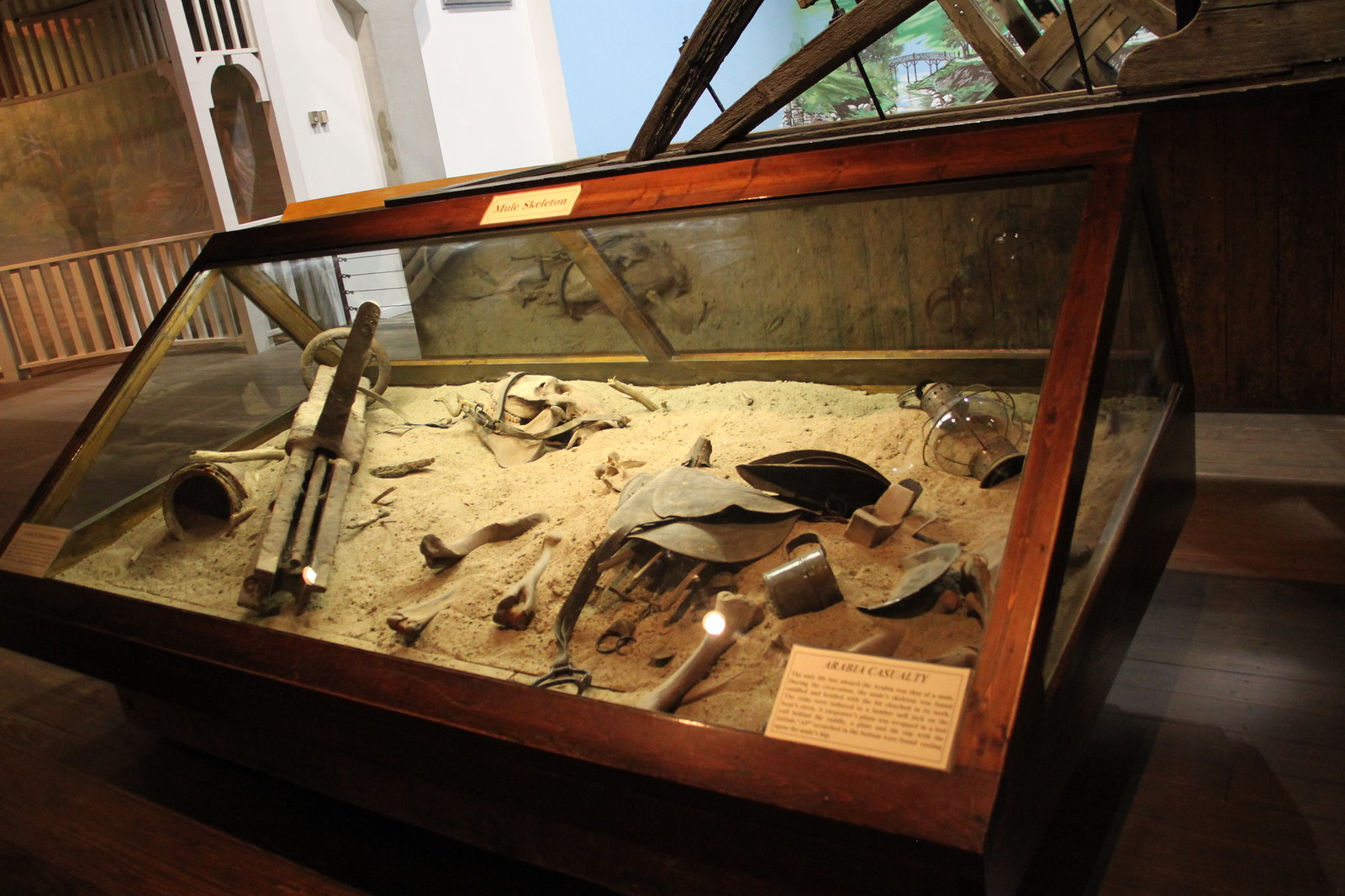
During the 1800s, some 400 other steamboats were recorded to have sank along the Missouri’s 2,500 mi. course. Over time, the route of the river changed; and with erosion and shifting sands, the Arabia became embedded 45 feet below the surface of a Kansas cornfield. In July of 1987, David Hawley located the wreck using old maps and a metal detector. A team of four other treasure hunters under Hawley sought its inland location and pursued its recovery with permission from the land owner. The four month intensive dig and excavation resulted in a time capsule with the “largest collection of pre-Civil War artifacts in the world,” as boasted by the museum.
The Guest Experience:
The museum delivers as promised with an amazing collection of impeccably preserved artifacts from 1856. Beginning your tour at the lower level is a light introduction of the impressive discovery and extensive dig site.
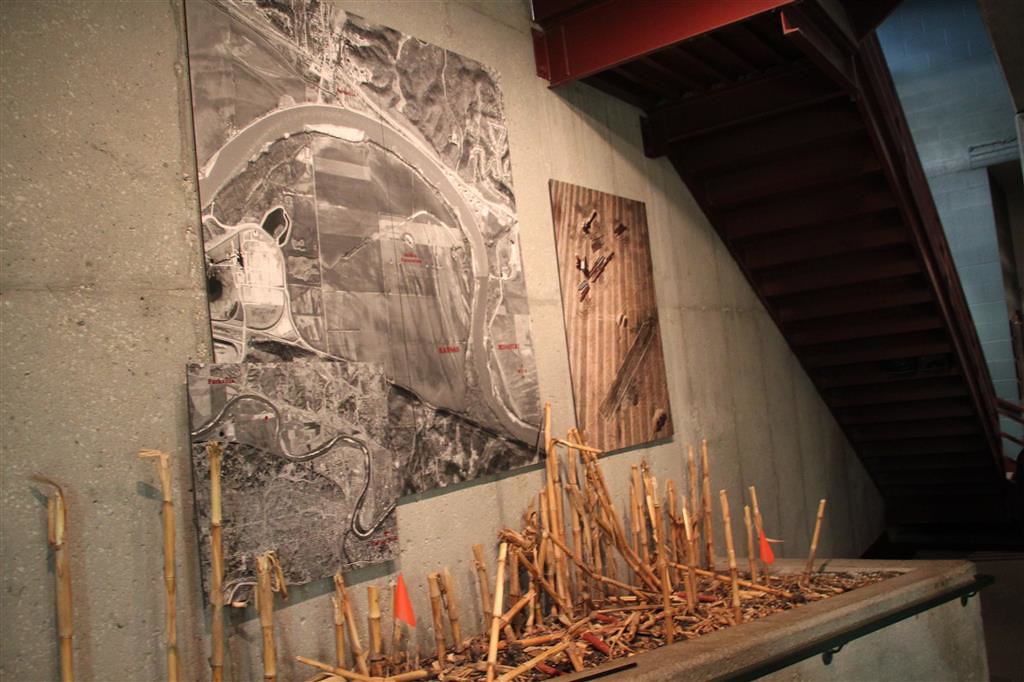
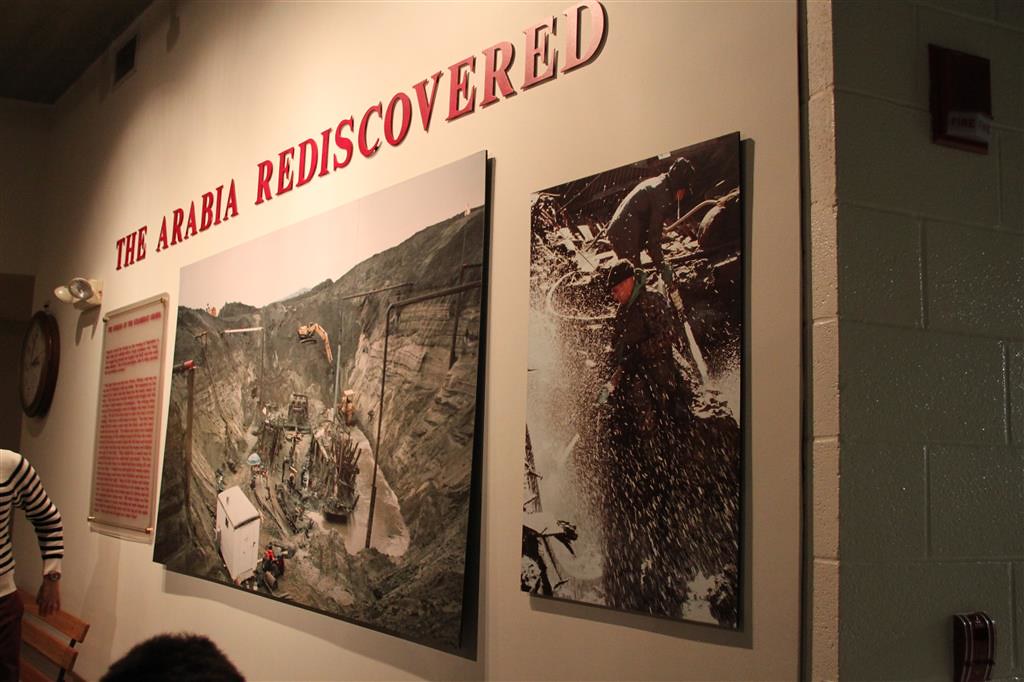
Among the first of Arabia’s artifacts on display is the 10-ton stern section of the boat. It rests on wooden deck and metal armature within a circular footprint. Overhead at the underside of the ceiling is what appears to be a fire safety sprinkler system; however, not so. The docent tells the history of the artifact at the museum with preservation measures that included over three years of overnight polyethylene glycol showers bathing the artifact. A visible curtain is gathered to one side as a remnant from when these showers took place. The construct of the stern is quite striking with heavy timbers conforming to a sharply curvilinear form.
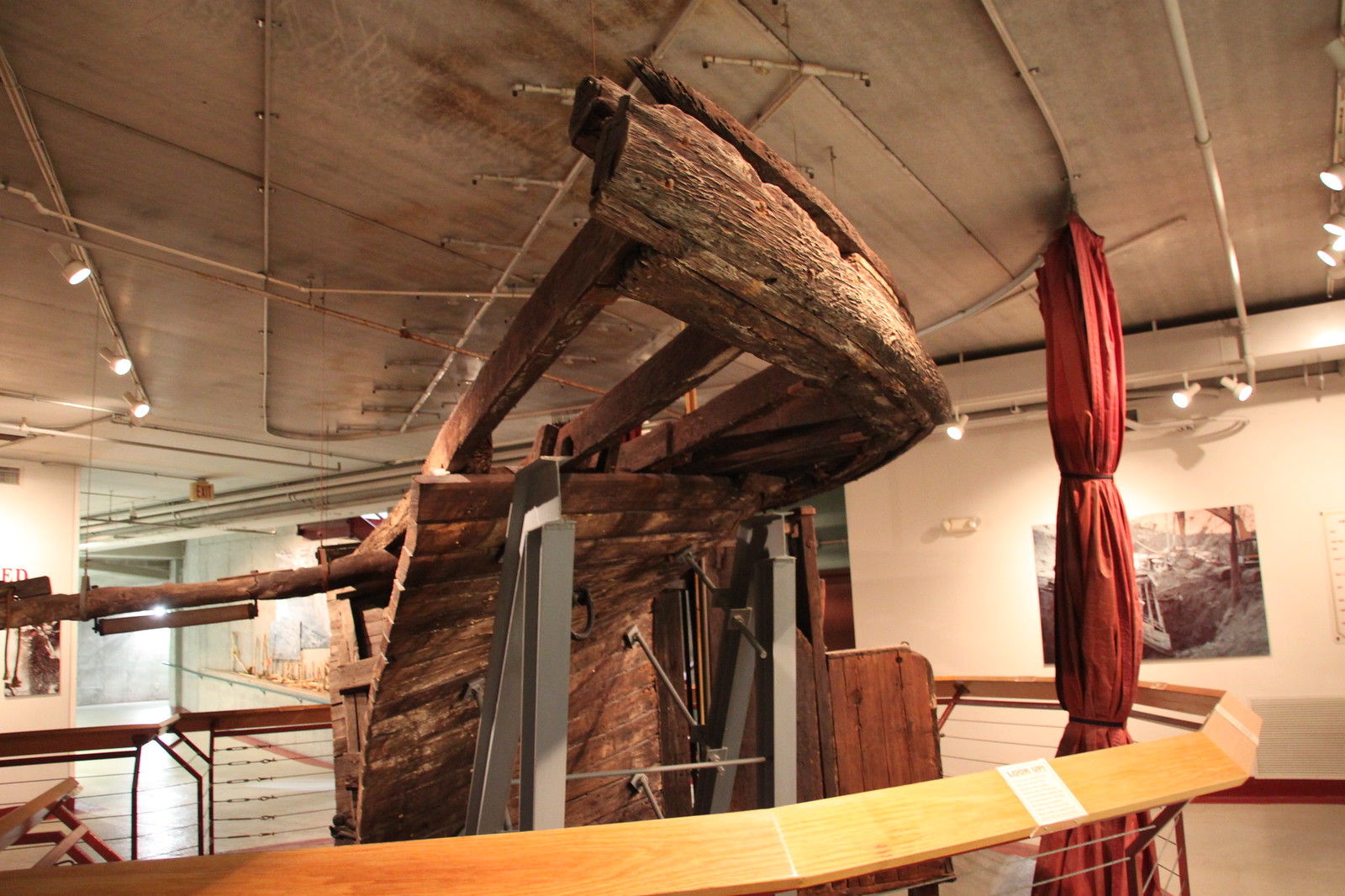
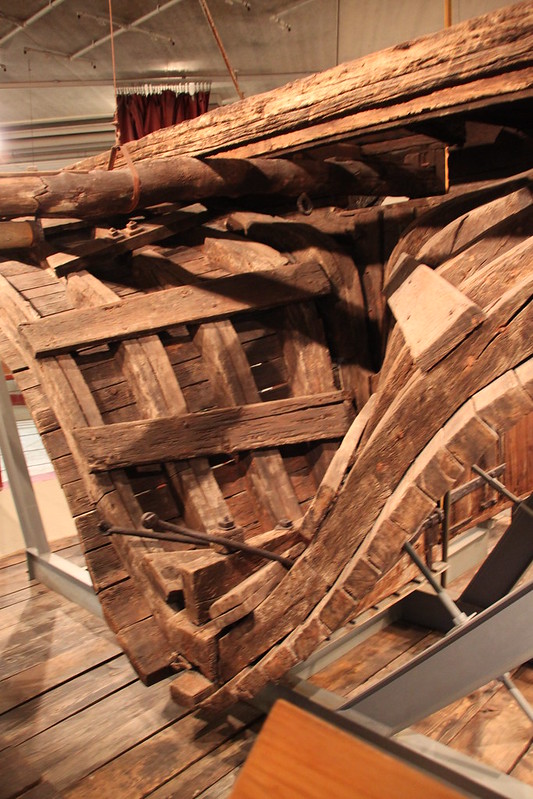

From here you are guided to a theater to learn the history of the dig and the founders of the museum. Impressively, an original member from the dig site was present to talk of the stories from the dig.
The layout of the museum follows as a loop, positioning you past densely packed, expansive artifact display cases of 1856 goods ranging from porcelain dishware, fine apparel, tools, household pots and pans, buttons, and more.
Arabia Steamboat Museum floorplan:

Some views of the collection:

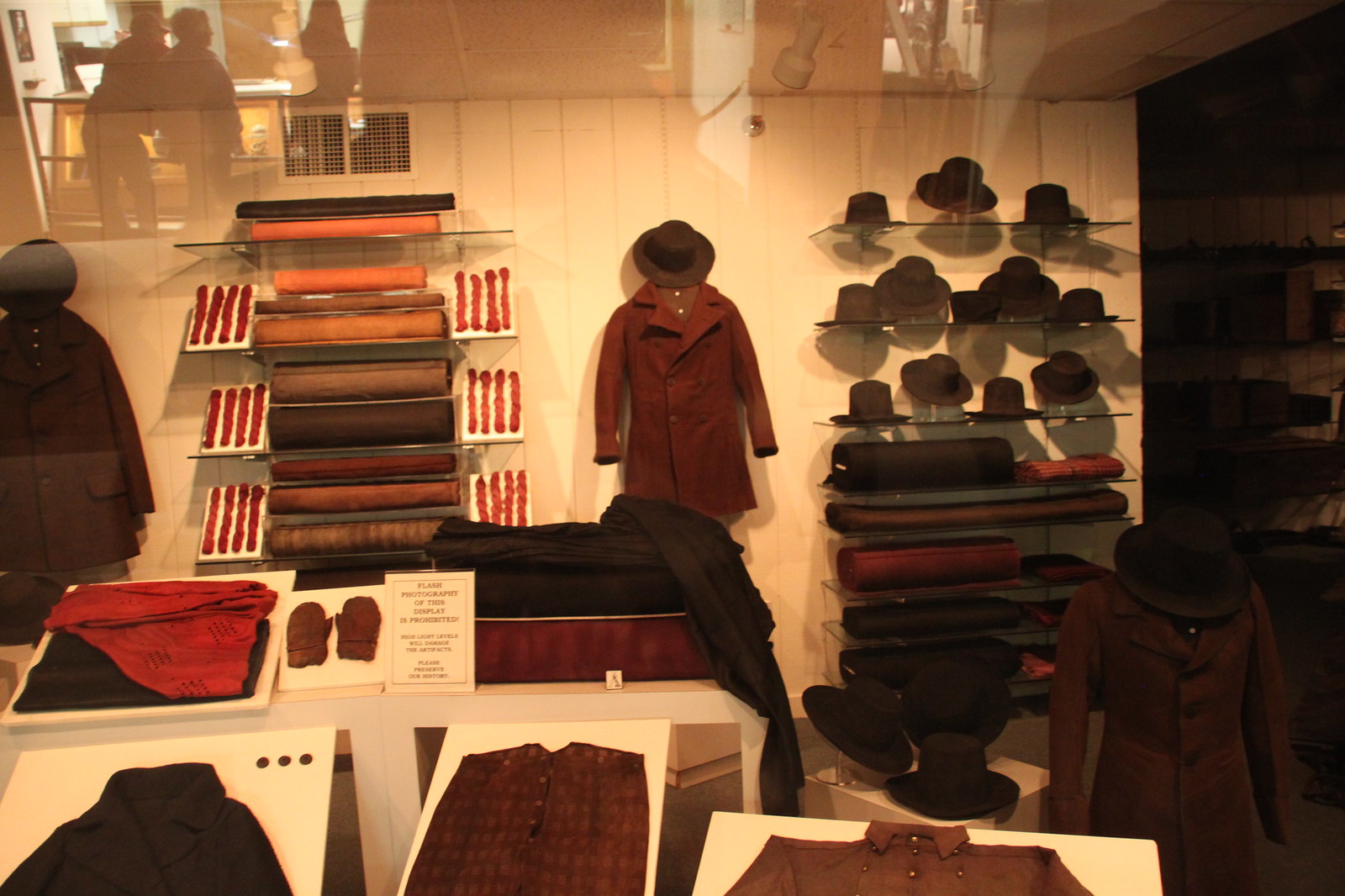
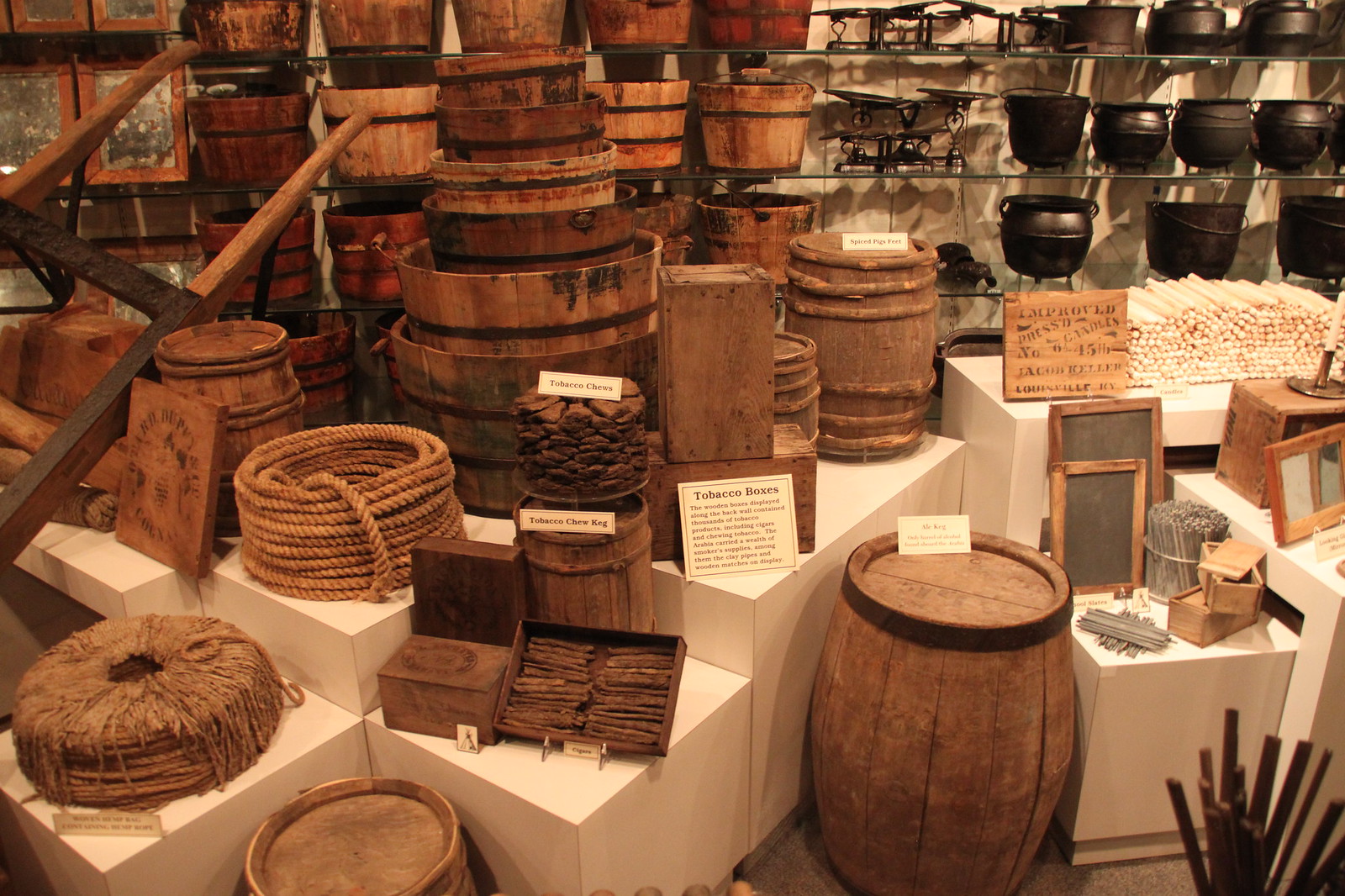
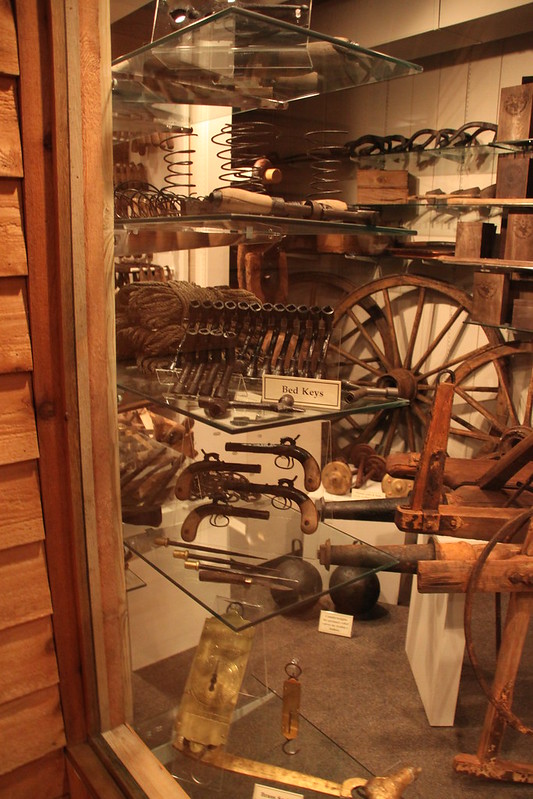

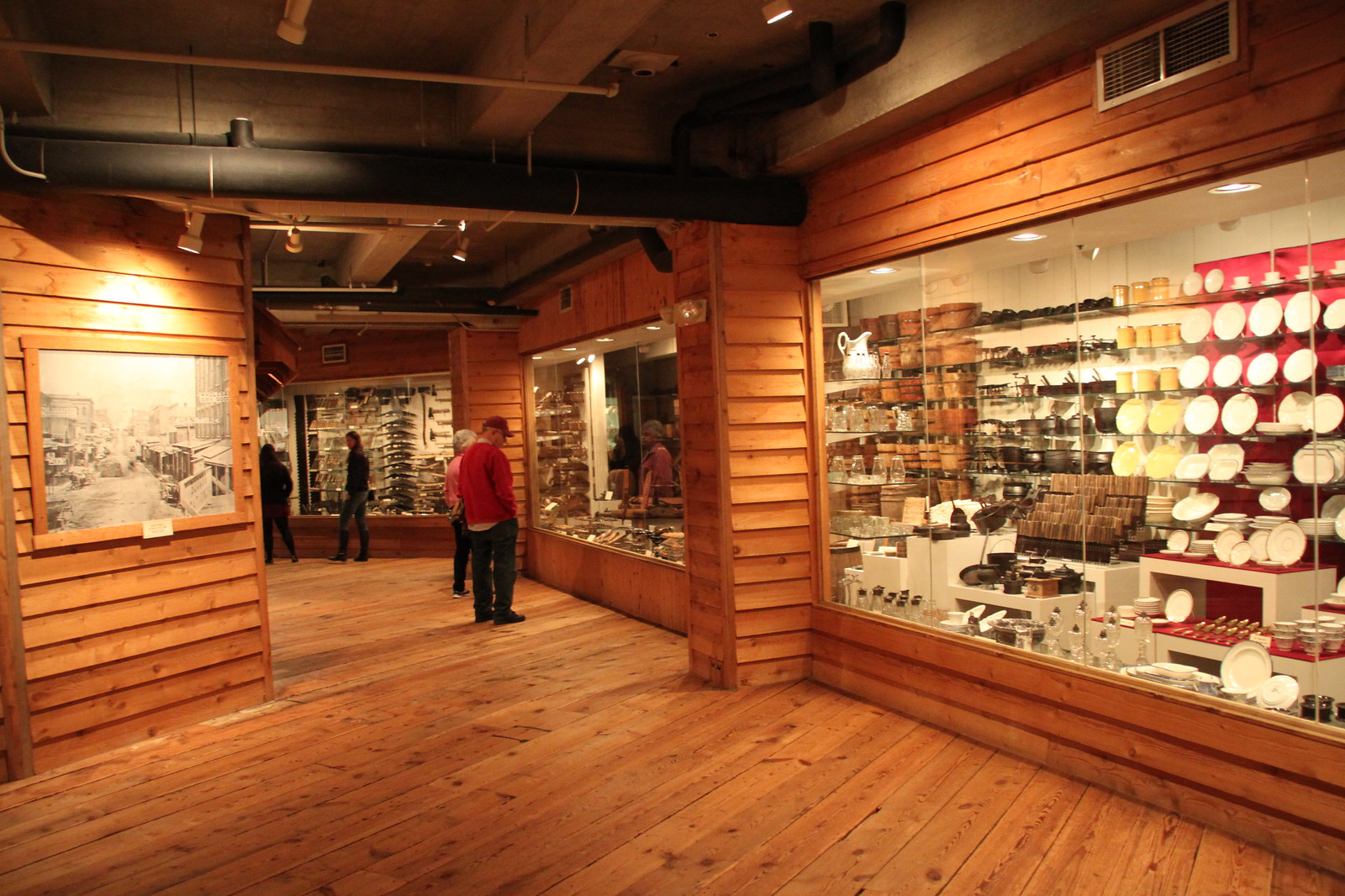

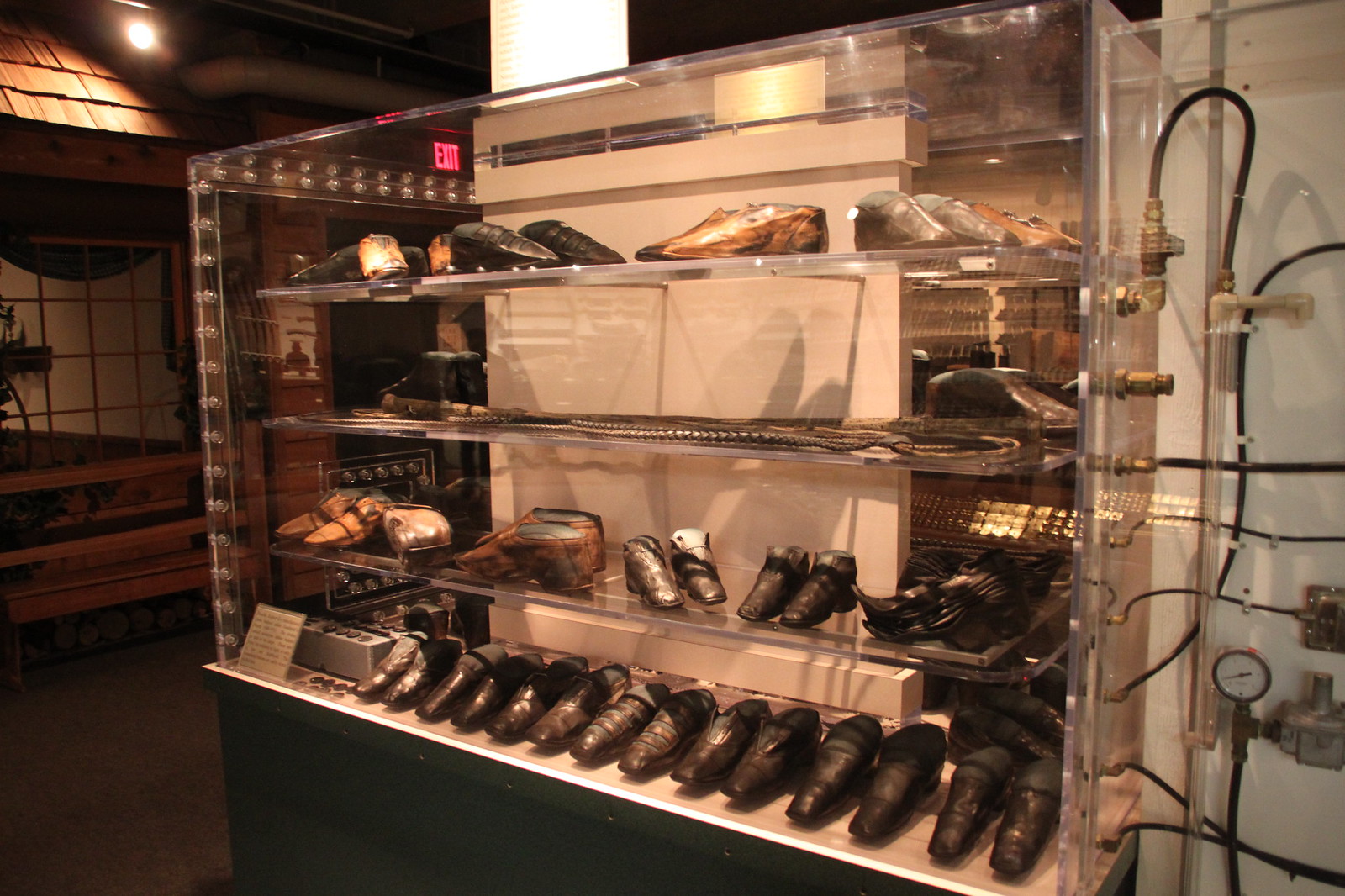
There is also an accessible preservation lab where artifacts are being cleaned from 160 years of soil and debris with live docents for demonstrations and to answer questions.


The pinnacle of the visit offers a display of a recovered large paddle wheel initially visible above at the entry, along with steam boilers and a panoramic mural featuring the sinking ship:
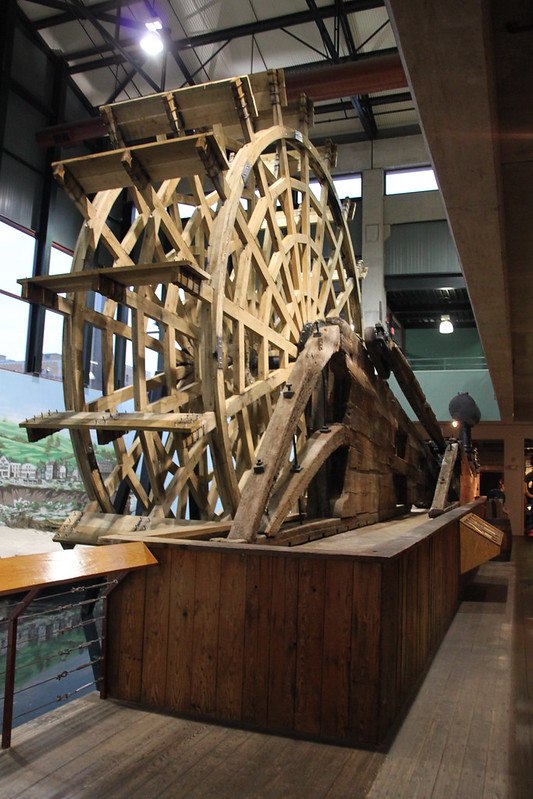

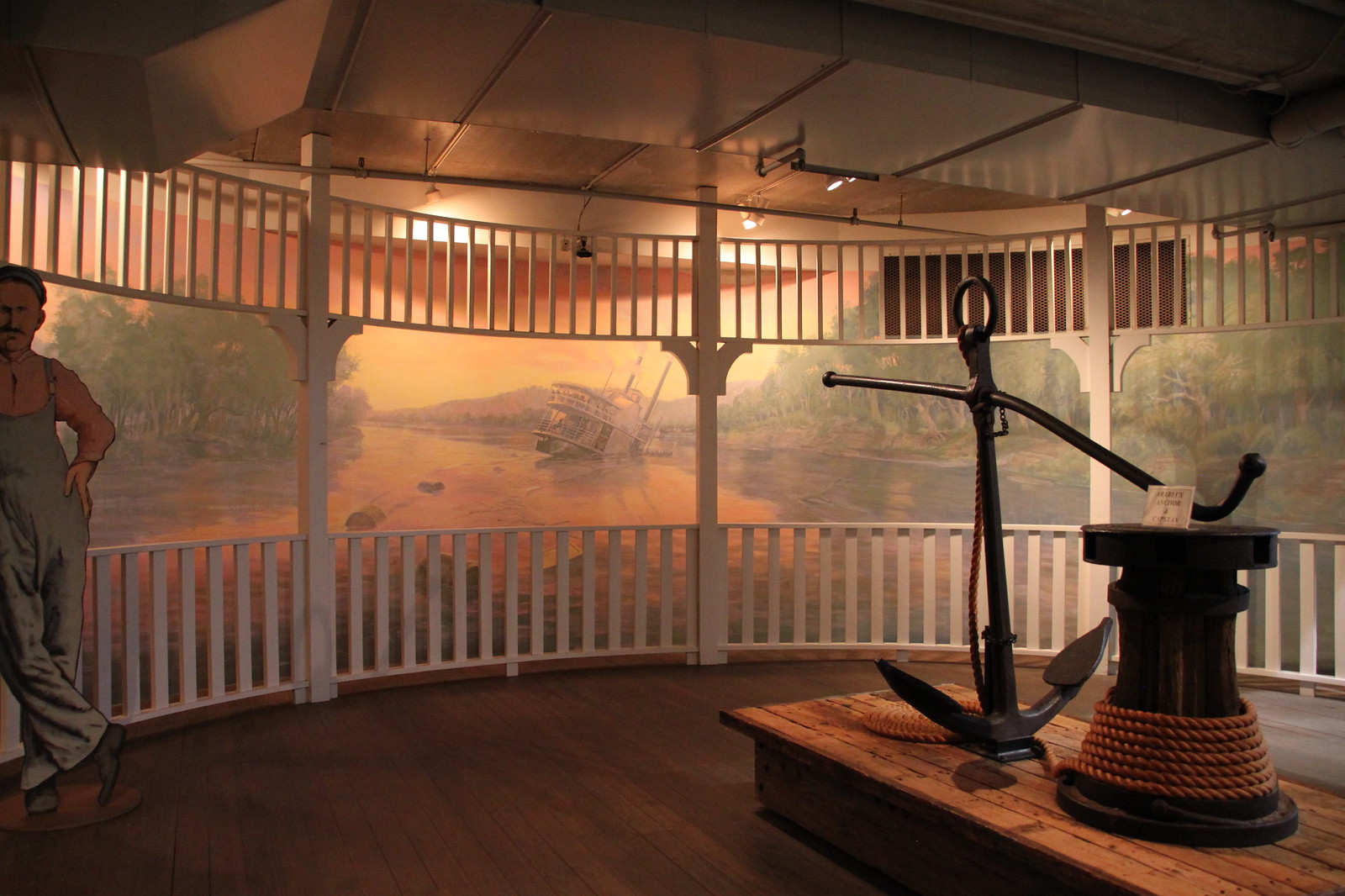
Seeing the mural of the sinking ship, visions of the bold perseverance of businessmen pushing cargo for merchants of the era through the Mississippi wagering a potential loss of cargo came to mind. What was the alternative? Rail was still in its infancy at that time.
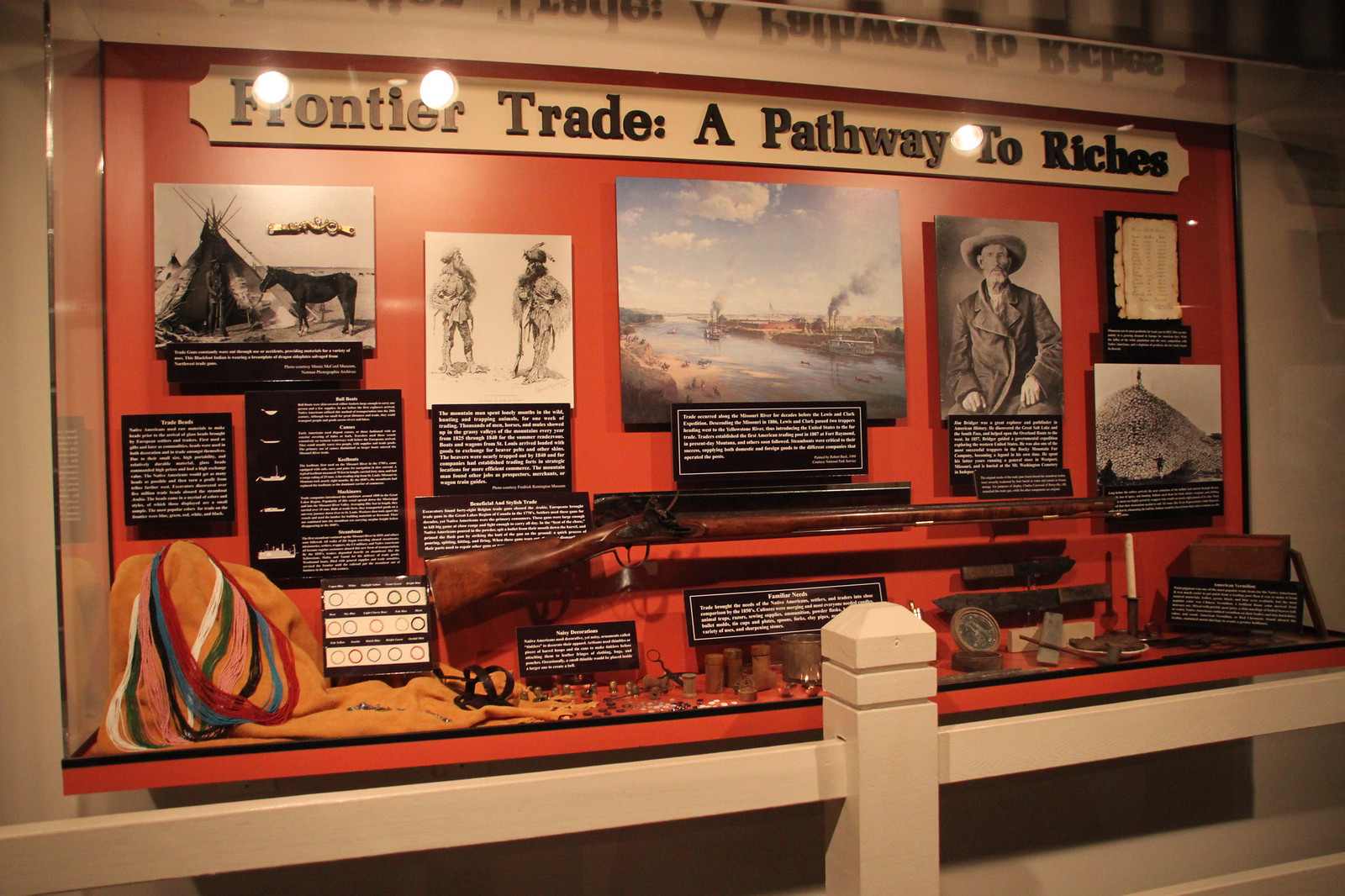
Digging Deeper: Perhaps it’s time for a freshening up of the museum?
A subtle shift in emphasis delivered over phases could go along way to update the experience.
Currently, there is much emphasis on preservation efforts. Ask any docent at the museum and they are quick to talk about ambitious methods involving glycol solutions and freeze drying to preserve the especially-softer artifacts. While truly fascinating, there is unfortunately less storytelling of the value of goods distributed among the different sectors of the economy; more information related to the gamble taken for merchants to ship cargo through the Missouri in 1856; and the outcome of loss when their goods sank to the bottom of the Missouri. How might the museum bring guests closer to the decision makers watching steamboats sink one after another, yet still trying to push trade? There are stories related to specific artifacts regarding emerging innovations in 1856 and their relevance to the evolving industrial revolution which could be delivered more overtly. The presence of pro-slavery “Border Ruffians” from Missouri and abolitionist “Jayhawkers” from the East was another threat to shipping passage. By the way, what happened to all of those people who fled the boat? Apparently their survival was a rare occurrence? What was that like?
The opportunity is to re-energize the museum with greater context and backstory associated to the 1856 era and to point to a parallel of modern-day entrepreneurs could be powerful. How has shipping evolved by today’s standards? How is shipping by river still a relevant means of transport 160 years after Arabia? How might the Missouri River continue to prohibit commercial shipping routes?
Theatricality added to the already present paddle wheel at the entrance with voice-over and the magic of light and projection at the entry would be a kind of way to enhance the initial impact. What if today’s audience was brought right into the 1987 dig site itself in a more visceral way – projection, built scenery, overlays of the interviews with the treasure hunters? How could the immediacy of the discovery continue to carry the energy from the time of the initial discovery? Perhaps also throw guests back into 1856 and let them witness the challenge of navigating the Missouri at that time with media and audio portrayals from the day. Make it real right at the beginning. Perhaps there is a scenario relocating the tree snag to the front of the experience adjacent the stern as well as the mural of the sinking ship as a story option to lead with the wreckage: pull us in emotionally from the start of the visit by connecting more immediately with the era.

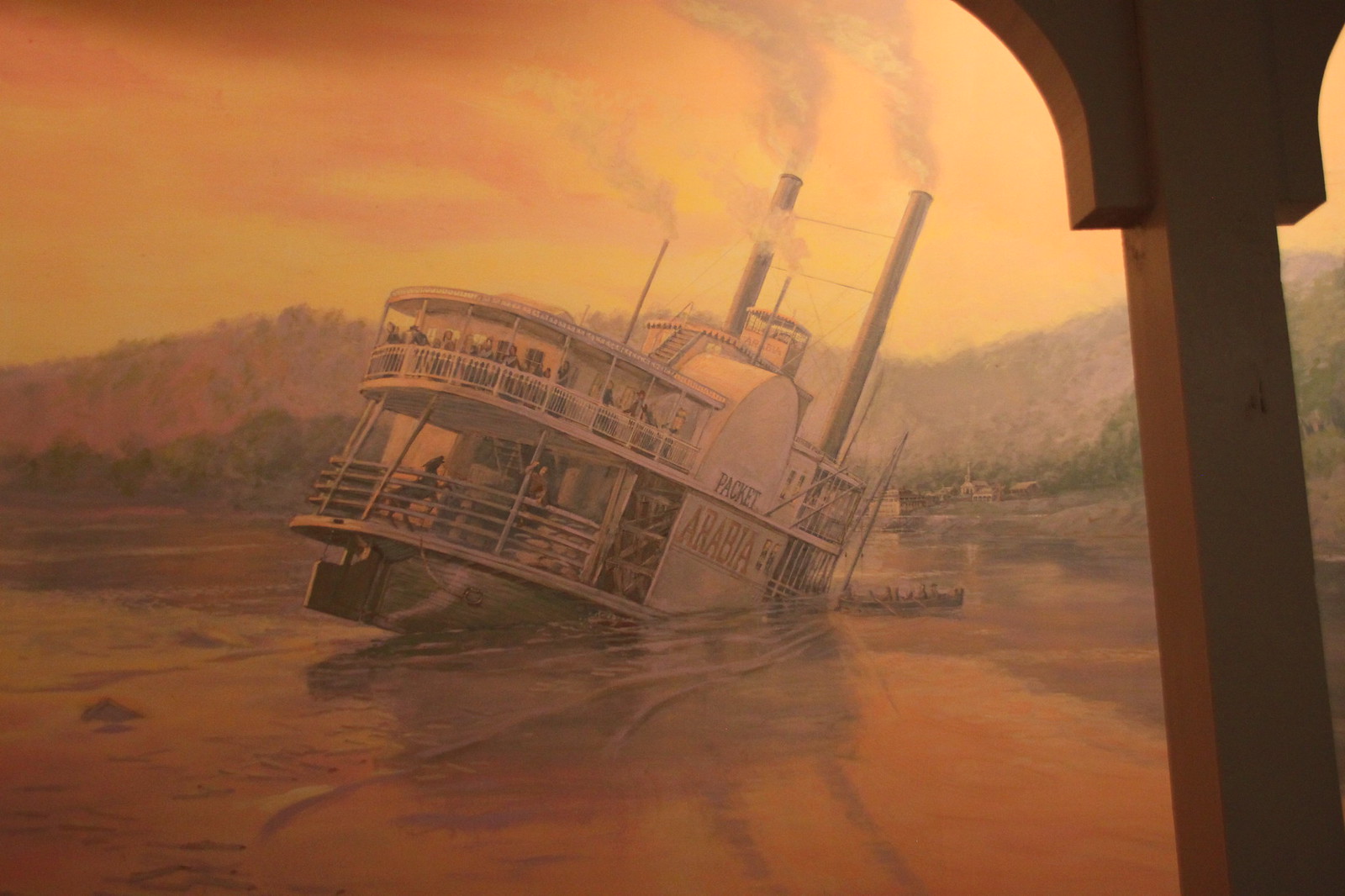


With the market right across the street, the appetite for global goods is already inherent at this location. To capitalize on their adjacent neighbor, not only is the shop an opportunity for vintage international products of the time to fill the imaginations of consumers of 1856, but there could also be occasions of unique themed dining, specializing in authentic foods from 19th century Midwest with serving staff in period costume. As an example, at the Bump Tavern in Cooperstown, NY guests “enjoy a dining experience featuring a four-course candlelit meal, period music and games, and old-fashioned hospitality… The menu is based on foods that were served in rural 19th-century New York taverns.” Food offerings could then be on rotation to add interest and feature diverse cuisine found along the 2,500 mi. stretch of the Missouri in the 1800s. The dining aspect alone could be yet another signature attraction and revenue generator.
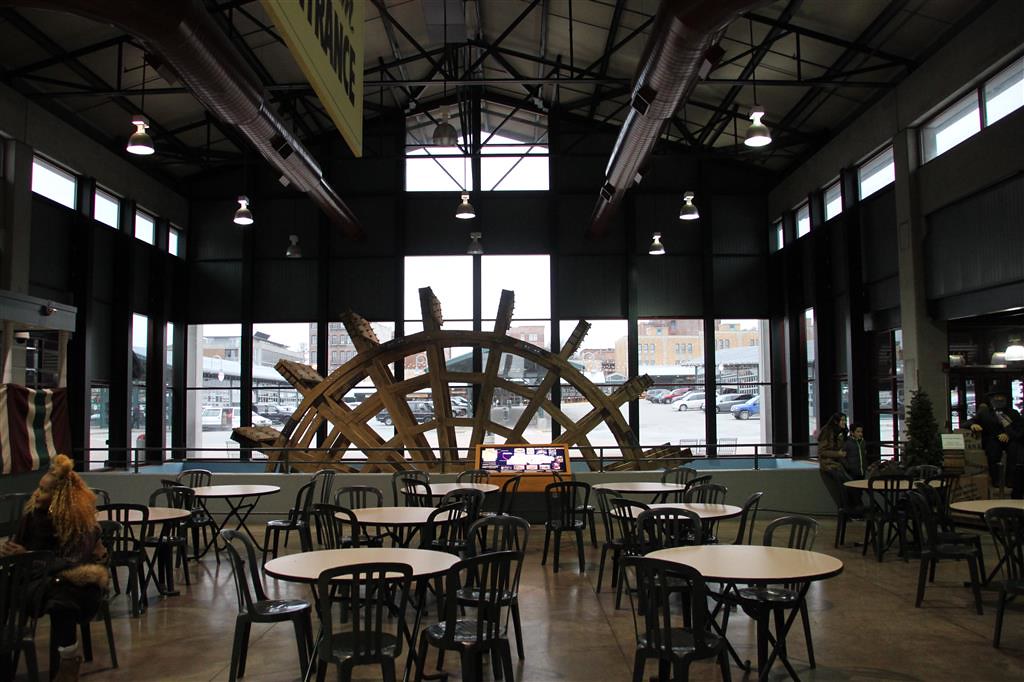
In 2016 when technology includes everyday tabloids featuring another Space X launch transporting cargo to the international space station or international policies pertaining to global trade sanctions, how does this story of 1856 trade align? As a guest, I want to be in the minds of those merchants and know the pressures they were under when taking risks transporting their goods on ships such as the Arabia. I want to see a connection to the merchants of 1856 to our modern era.
There is no question that the collection and value of the discovery and recovery effort is exceptional. What I am proposing is to re-energize the museum with more context associated to the era and to parallel present day entrepreneurs as well as to utilize the latest experiential design methods to intensify the experience. Additionally, while the densely-arranged expansive artifact displays are visually spectacular, there is an absence of graphic design and thematic overlay, and carefully-considered finishes throughout the museum. With such a treasure trove of delicately-configured artifacts on display, a modern refresh in this way could re-energize the museum, attracting more new and returning guests while upholding the original enthusiasm at the time of the discovery. This museum has a great story to tell beyond the treasure hunt, as one featuring a slice of life from the life and times of the mid-1800s to parallel our modern era.

